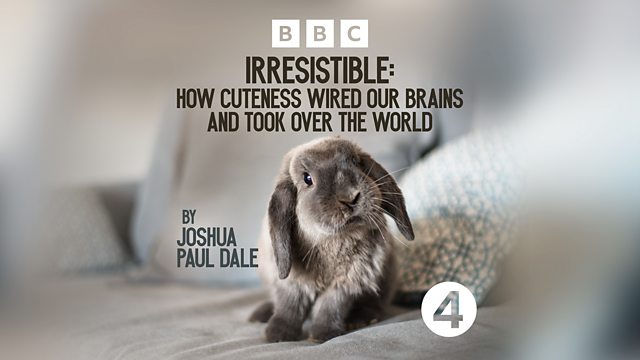
Ancient Japanese Cuteness
Joshua Paul Dale, a pioneer in the field of cuteness studies, explores how the cute aesthetic spread around the globe.
Why are some things cute, and others not? And how did cuteness go global, from manga cartoons to Disney characters? These are questions explored by Joshua Paul Dale, a Professor in the Department of Foreign Languages and Literatures at Tokyo Gakugei University. Heâs a pioneer in the field of cuteness studies, and his new book looks at how the cute aesthetic spread around the globe, from Lolita fashion and emojis to the unstoppable rise of Hello Kitty.
In Episode 2, Professor Dale traces the roots of the cute aesthetic to ancient Japan, exploring images and beliefs which have spread across the globe.
âAll small things, no matter what they are, all small things are most adorableâ â words from a classic work of Japanese literature, The Pillow Book, written more than a thousand years ago. The author was a courtier, Sei ShĆnagon, and The Pillow Book contains one of the earliest articulations of an aesthetic that eventually became todayâs culture of âkawaiiâ.
Japan was largely peaceful in Seiâs era, leaving the upper class little to do but cultivate beauty and taste in all aspects of life, and although the nobility numbered only a few thousand, their aesthetic values spread across the land. Whatâs more, the idea that artistic pursuits could lead to self-improvement became established in this era. The modern attitude towards âkawaiiâ reflects this idea: in Japan, people believe that cultivating the appreciation of cute things has a positive effect on oneâs own life; cuteness is a force that can help to combat unhappiness, anxiety or even dissatisfaction at work.
Reader: Adam Sims
Abridged and produced by Elizabeth Burke
A Loftus Media production for ±«Óătv Radio 4
Last on
Broadcasts
- Tue 14 Nov 2023 09:45±«Óătv Radio 4 FM
- Wed 15 Nov 2023 00:30±«Óătv Radio 4
